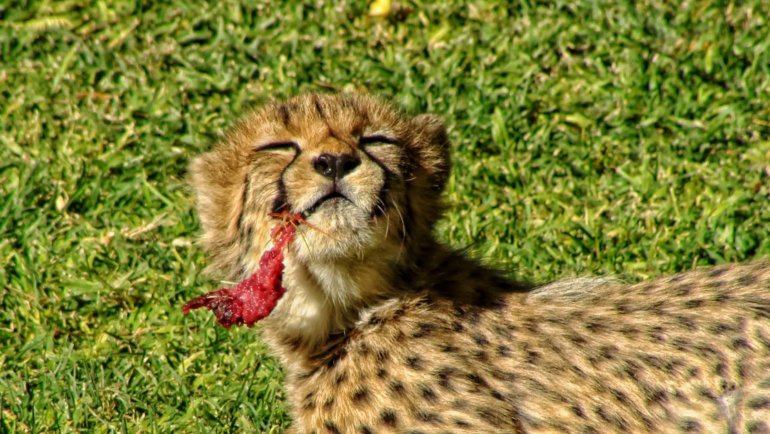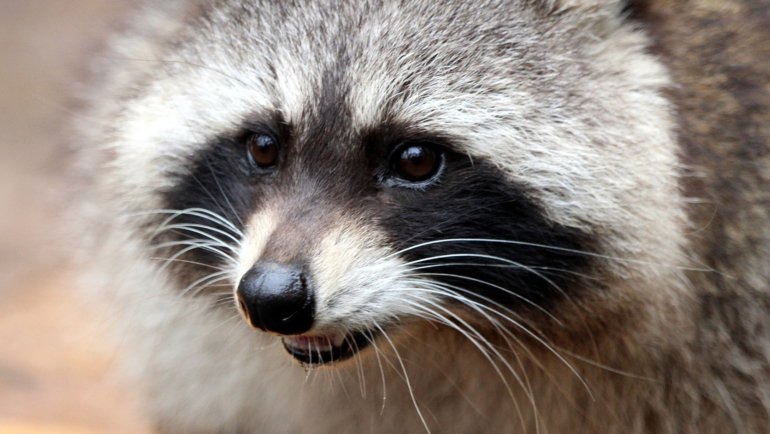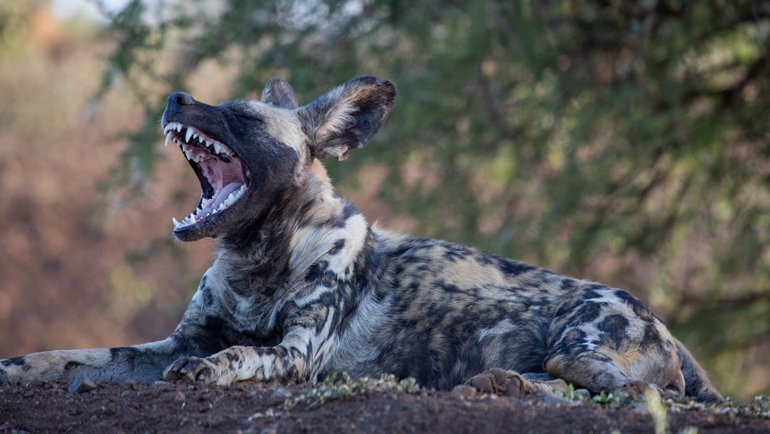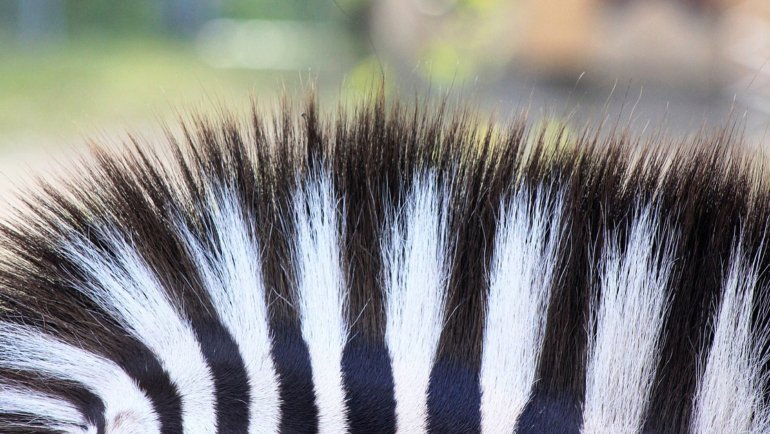The magnificent wolf, a creature of raw power and regal presence, has for centuries held our attention and captivated our imaginations. Wolves are known for their striking diversity and impressive adaptability to diverse climates and terrains. Part of this fascinating diversity is their color variations, which is our primary focus in this comprehensive guide.
Wolf colors are not merely cosmetic. They play crucial roles in these animals’ lives, including their ability to camouflage within their environment, communicate, and signal genetic health. The study of wolf colors offers valuable insights into their genetics, evolution, and behavior, and aids our ongoing efforts in conservation.
So, let’s step into the world of wolf colors, where science and wonder intertwine to paint a vivid picture of one of nature’s most iconic and misunderstood creatures.
Wolf Biology and Colors
Wolves, or Canis lupus, belong to the Canidae family, which also includes other large mammals like foxes, jackals, and domestic dogs. There are several subspecies of wolves that have adapted to a variety of habitats across the globe, from the chill of the Arctic to the forests of North America and the plains of Eurasia. The physical traits of these wolves, including their size, diet, and coat color, often reflect the demands of their environment.
The coat color of wolves, like in other animals, is primarily determined by two pigments produced by melanocytes: eumelanin, which gives a black-to-brown color, and pheomelanin, which gives a yellow-to-red color. These pigments are controlled by several genes, with the Agouti (ASIP) and Melanocortin 1 receptor (MC1R) genes playing particularly significant roles.
The Genetics of Wolf Coloration
Wolf color variations are the result of complex genetic processes. A black coat, for instance, is often caused by a mutation in the beta-defensin CBD103 gene, also known as the K locus. Interestingly, this mutation is thought to have originated in domestic dogs and was passed to wolves through interbreeding. On the other hand, the variation in color from white to brown and red in wolves is mostly due to polymorphisms in the MC1R gene.
These color traits can be inherited and passed from parents to offspring through generations. This leads to pockets of populations with distinctive colorations that are adapted to their specific environment, thereby promoting their survival. However, color variations can also occur due to random genetic mutations.
The study of the genetics behind wolf coloration is a complex and fascinating field, offering insights not only into the world of wolves but also broader principles of evolution and adaptation. In the following sections, we’ll delve into the specific colors we see in wolf populations worldwide and the factors influencing these fascinating variations.
Colors of Wolves: An In-Depth Analysis
Gray Wolves

The most common and widely distributed species of wolf, the gray wolf (Canis lupus), is often a mixture of gray, brown, black, and white rather than purely gray. This mix gives the wolf a mottled appearance, allowing it to blend seamlessly into the forests and rocky landscapes it calls home. However, the coloration can vary greatly, with some gray wolves appearing almost completely white, black, or brown.
The variety of colors in gray wolves’ coats plays a crucial role in their survival and adaptation. The mottled pattern helps break up their silhouette, enabling them to blend into their surroundings when hunting or evading threats.
White Wolves (Arctic and Tundra Wolves)
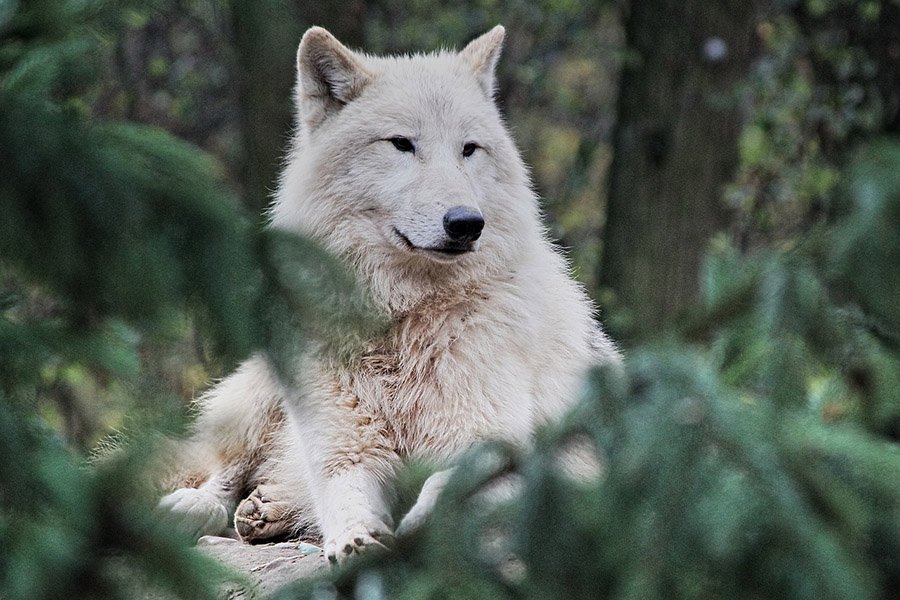
Arctic and Tundra wolves are known for their pure white coats, an adaptation that allows them to blend into snowy environments. These wolves reside in some of the coldest places on earth, where their white coloration becomes a critical factor in their survival, enabling them to camouflage in the snow while hunting prey or hiding from predators.
White wolves hold a special place in human culture and mythology. They often symbolize wisdom, power, and mystery. In some Native American cultures, the white wolf is seen as a spiritual guide, while in others, it embodies purity and strength.
Black Wolves
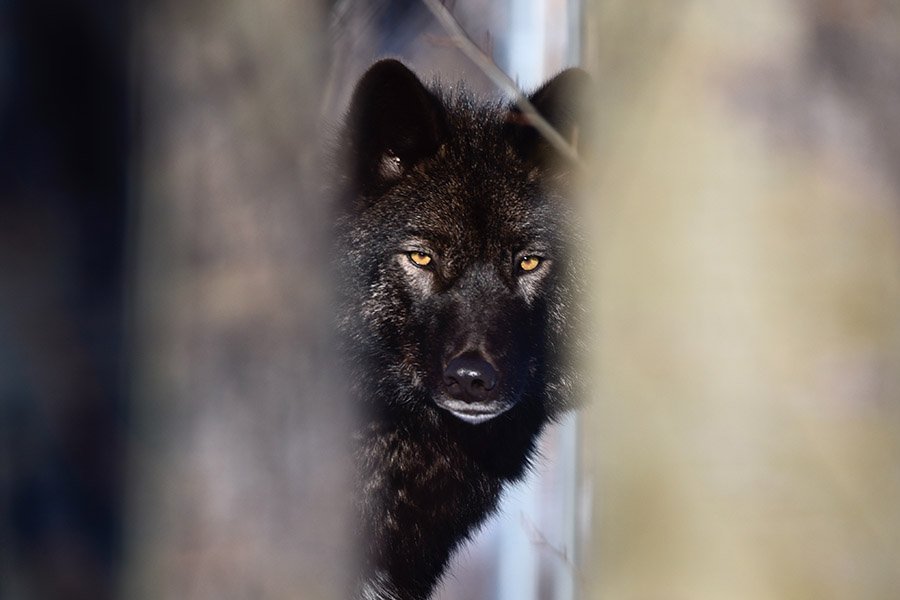
Black wolves are relatively rare and owe their dark coat to a mutation in the beta-defensin CBD103 gene. This color variation is more common in North American wolf populations. It’s believed that the mutation responsible for black fur originated in domestic dogs and was passed on to wolves during periods of interbreeding.
Black wolves are striking figures in folklore and mythology. They’re often depicted as mysterious and powerful creatures. In some cultures, black wolves symbolize strength and courage, while in others, they’re associated with darkness and transformation.
Red Wolves

The red wolf (Canis rufus) is a critically endangered species native to the southeastern United States. Their unique coloration ranges from a tawny, reddish color to almost black. The reddish coloration is especially prominent on their ears, head, and legs.
Their geographic isolation and unique coloration have led to a significant focus on the conservation of red wolves. Numerous conservation efforts are ongoing, including breeding programs designed to maintain the genetic diversity of the remaining populations.
Brown Wolves
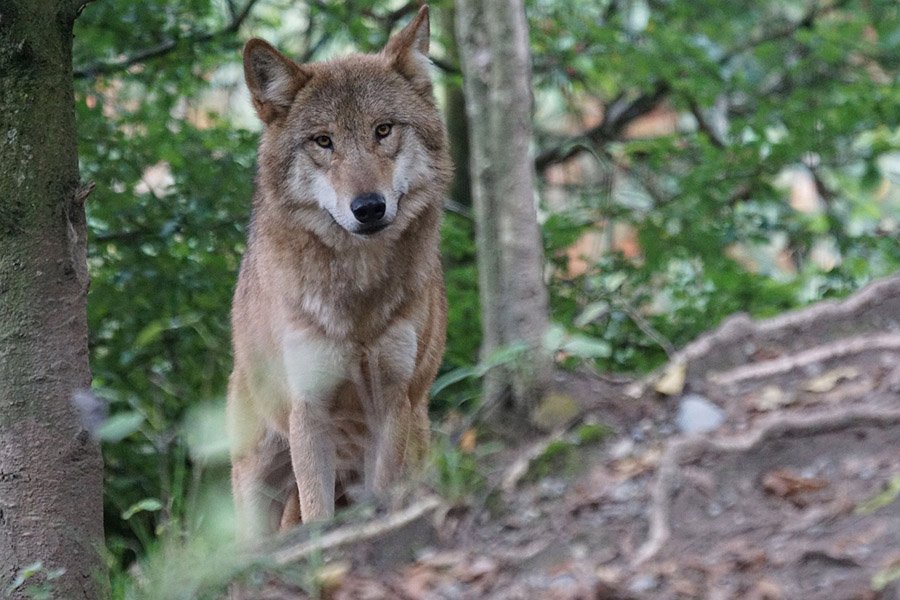
Brown wolves exhibit a spectrum of brown shades, from light brown to dark chocolate. The intensity of brown coloration varies, often depending on their geographic location. Wolves in forested areas, for example, might have darker coats to blend with tree bark and shadows, aiding their stealth.
The brown color, like in other wolf colors, plays a significant role in their environment by providing camouflage, which is crucial for hunting and protection from predators.
Mixed-Color Wolves
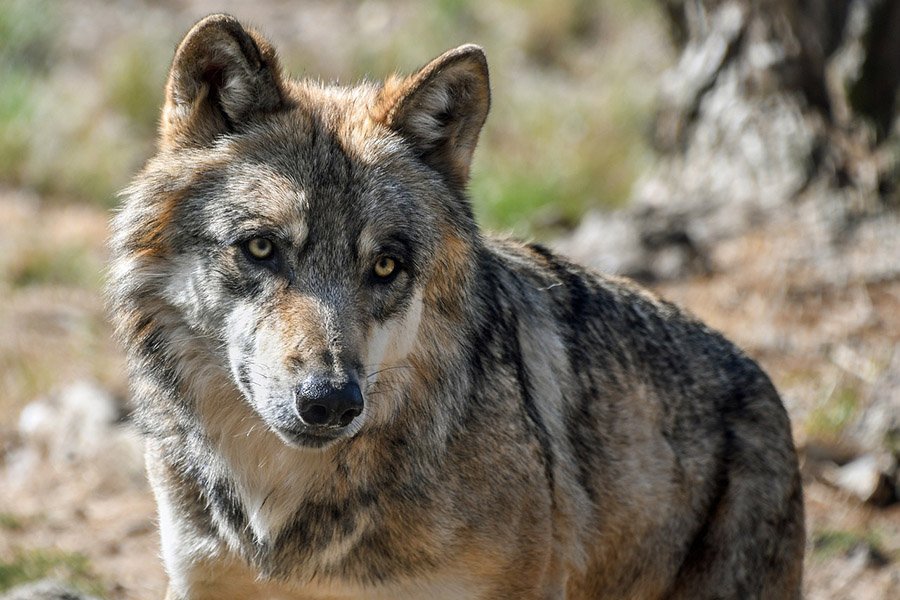
Wolves can also present a mix of several colors in their coats. These include combinations of white, gray, black, brown, and red, and are particularly common in the Eurasian and North American gray wolf subspecies. This array of colors often provides excellent camouflage, aiding in both hunting and eluding potential threats.
Mixed-color wolves are a beautiful illustration of genetic diversity and adaptability in response to different environmental pressures. They exemplify the stunning variety of the wild and remind us of nature’s capacity for diversity and change.
In the world of wolves, color is more than a matter of appearance. It’s a tale of survival, adaptation, and the fascinating interplay between genetics and the environment. As we move forward, we’ll see how these colors not only influence the lives of wolves but also their perception in human culture and mythology.
Variations in Wolf Colors
Wolf colors are not static; they can vary and change due to several factors, including the wolves’ age, season, and genetic influences from interbreeding with dogs.
Age-Related Color Changes in Wolves
As wolves grow from pups to adults, their coloration can undergo noticeable changes. Wolf pups are often born with darker coats, usually a deep bluish-gray to black color. As they age, their fur starts to lighten, taking on the diverse hues we associate with adult wolves—grays, browns, whites, or blacks. This color transition typically occurs within the first year.
The shift in color is not merely a matter of aesthetics. A darker coat in pups can provide better camouflage in the den, hiding them from predators. As they mature and begin to venture outside the den, the adult coloration, whether it be gray, white, or brown, helps them blend into their broader environment, increasing their chances of survival.
Seasonal Color Changes in Some Wolf Subspecies
While not as pronounced as in some other animals, there can be subtle seasonal color changes in some wolf subspecies. For instance, the underfur of Arctic wolves, which is shorter and woollier, changes from white in winter to a grayish color in summer. This seasonal shift helps maintain effective camouflage as the snowy landscape transitions to a tundra during the warmer months.
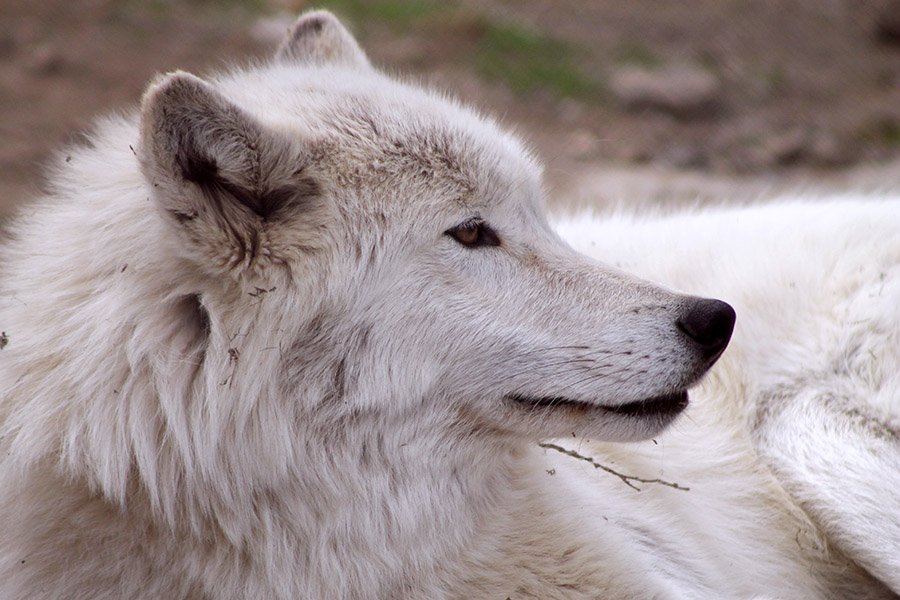
Effects of Interbreeding with Dogs on Wolf Colors
Interbreeding between wolves and dogs introduces an additional layer of complexity to wolf colors. Since dogs have been selectively bred for a wide range of coat colors and patterns, their genes can contribute to increased color variation in wolves.
The black color in North American gray wolves is a prime example of this. As previously mentioned, the black coloration is primarily due to a mutation in the beta-defensin CBD103 gene. This mutation is thought to have originated in domestic dogs and was introduced to wolves through interbreeding.
However, it’s important to note that while interbreeding can introduce new colors or patterns, these changes only persist in the population if they provide a survival advantage. The persistence of black coloration in some wolf populations suggests that it may offer certain benefits, although researchers are still exploring what these might be.
Wolf Colors and Their Symbolism in Human Culture
The wide range of wolf colors is not just a biological phenomenon; it’s also deeply interwoven with human culture. Wolves have been the subject of countless stories, myths, and works of art, with their colors often carrying symbolic meaning. Let’s explore the cultural significance of different wolf colors in mythology, popular media, and literature.
Importance of Wolf Colors in Various Cultures and Mythologies
In many indigenous cultures, wolves are revered animals, with their colors representing different qualities and spiritual elements.
For instance, in several Native American tribes, the white wolf is a sacred creature associated with purity, wisdom, and spiritual enlightenment. Its white coat is thought to symbolize the light of the sun and the spiritual guidance it brings.
On the other hand, black wolves are often viewed with a sense of awe and reverence. In some cultures, they are associated with strength, courage, and the mysteries of the unknown.
Gray wolves, the most common color variation, have been depicted in numerous ways across different cultures. They are often symbolized as teachers and pathfinders due to their social nature and complex pack dynamics.
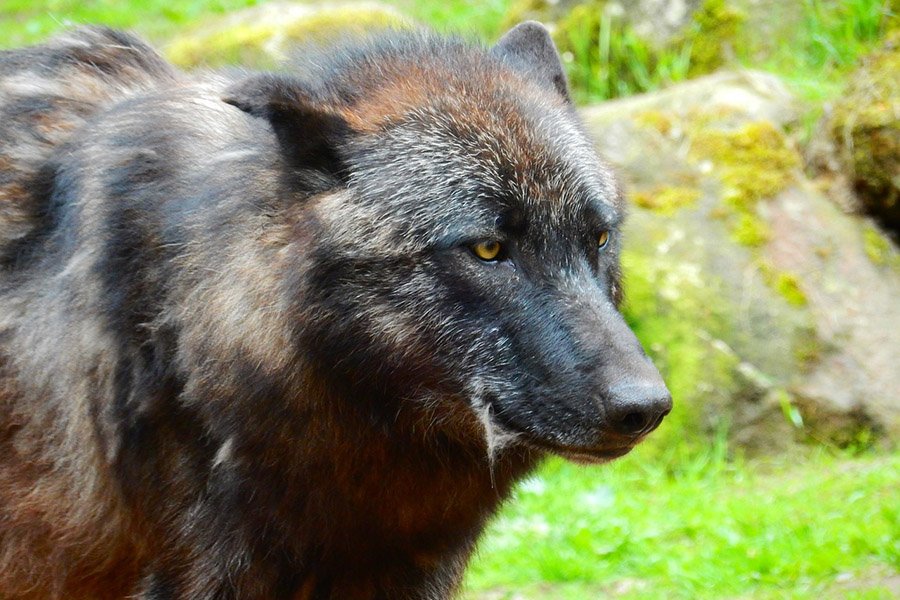
Interpretation of Wolf Colors in Popular Media and Literature
In popular media and literature, wolf colors are often used to visually and symbolically convey character traits.
White wolves are often depicted as magical or divine entities. Their pristine white color suggests purity, magic, and wisdom. Examples can be found in fantasy novels and films where white wolves often serve as spirit guides or mystical beings.
Black wolves are commonly used to evoke a sense of mystery, power, or even threat. They are often depicted as lone wolves—strong, independent, and sometimes ominous characters.
Gray wolves, given their prevalence in nature, are frequently used to represent the essence of the wild – untamed, free, and instinctive. They symbolize nature’s raw beauty and the spirit of the wilderness.
Wolf Colors and Conservation
Understanding the color variations in wolves is more than a fascinating exploration of their biology and adaptation; it also plays a vital role in conservation efforts. By helping to identify different species and subspecies, wolf colors can guide strategies aimed at preserving these magnificent creatures and their habitats.
The Role of Color in Identifying Different Wolf Species and Subspecies
Wolf colors can often provide initial clues to a wolf’s species or subspecies. For example, the white coat of the Arctic wolf or the tawny hue of the red wolf can help identify these subspecies at a glance. These color variations reflect the unique adaptations of different wolf populations to their specific environments.
However, it’s essential to note that while color can provide valuable hints, it is not a definitive identifier. Other factors such as size, morphology, behavior, and geographical location, as well as genetic analysis, are necessary for accurate identification.
How Understanding Wolf Colors Helps in Conservation Efforts
Conservation is a complex task that requires a deep understanding of a species’ biology, genetics, and ecology. By revealing insights into these areas, the study of wolf colors can inform and enhance conservation efforts.
For instance, understanding the genetic basis of color variations can help monitor genetic diversity within wolf populations, a key consideration in conservation. A diverse gene pool is generally linked to a population’s health and resilience, helping it withstand threats such as disease or environmental changes.
Additionally, the study of wolf colors can also inform strategies for reintroduction or captive breeding. For example, if a particular color adaptation is linked to survival in a specific environment, conservationists might prioritize individuals with this color for reintroduction into that environment.
Frequently Asked Questions About Wolf Colors
Why do wolves have different colors?
Wolves have different colors due to a combination of genetics and environmental adaptations. The colors help provide camouflage, aiding in hunting and protection from predators, and can be a signal of genetic health.
Are black wolves common?
While black wolves exist, they are less common than their gray counterparts. The black color in wolves is primarily due to a mutation that is thought to have originated in domestic dogs and was introduced to wolves through interbreeding.
Are all Arctic wolves white?
Yes, Arctic wolves typically have pure white coats, which help them blend into their snowy environment. However, their underfur can shift to a grayish color in the summer.
What determines the color of a wolf?
The color of a wolf’s coat is determined by two pigments, eumelanin (which gives a black to brown color) and pheomelanin (which gives a yellow to red color). The genes that control these pigments influence the color variations in wolves.
Can wolves change their color?
While wolves don’t change color like some species, they do undergo color changes as they age. Pups are often born with darker fur, which lightens as they mature. Some wolves also experience subtle seasonal changes in color.
Do wolf colors have any cultural significance?
Yes, different wolf colors carry symbolic meanings in many cultures. For instance, white wolves often symbolize purity and wisdom, while black wolves can represent strength and mystery.
Does the color of a wolf’s coat affect its survival?
Yes, a wolf’s coat color can affect its survival by providing camouflage, crucial for hunting prey and avoiding predators. The coloration is usually well-suited to the wolf’s specific environment.
Are red wolves truly red?
Red wolves have a coat that ranges from a tawny, reddish color to almost black. The reddish coloration is especially prominent on their ears, head, and legs.
Final Thoughts
Wolves, one of nature’s most iconic creatures, captivate us with their raw beauty, complex social structures, and of course, their diverse palette of colors. The range of hues—from the common grays to the striking whites, blacks, browns, and the rarer reds—not only enhance their aesthetic appeal but also play crucial roles in their survival and adaptation.
The study of wolf colors opens a window into the fascinating world of genetics, evolution, and ecology. It helps us understand how these animals have evolved and adapted to their diverse environments, offering valuable insights into their behavior and life strategies.
